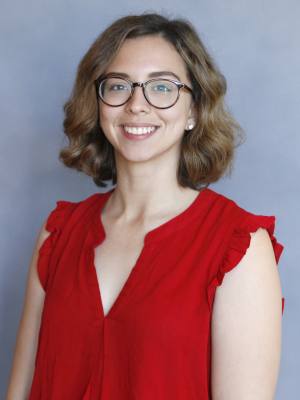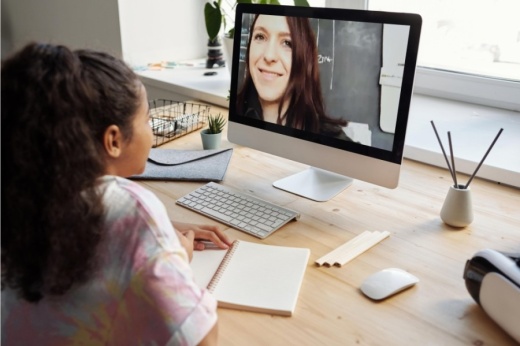Superintendent Mike Waldrip announced July 16 that FISD’s first three weeks of the fall will take place in an all-virtual learning environment due to increased spread of the coronavirus and to direction from local health authorities.
The FISD board of trustees called a special meeting July 23 to lay out plans for the three weeks of virtual learning.
Announcement of the virtual start came after FISD families submitted a commitment survey for the fall for their child to participate either in virtual learning via the Virtual Academy or in on-campus learning. Students who have selected in-person learning are expected to start in-person instruction Sept. 3.
FISD Chief Academic Officer Wes Cunningham said the layout in the virtual three weeks will be “very similar” to what students can expect in their choice of face-to-face instruction or Virtual Academy.
Virtual learning in the first three weeks will differ from the e-Learning experience used in the spring 2020 semester at the beginning of the COVID-19 outbreak, Cunningham said.
Elementary level
The virtual start at FISD’s elementary schools will include synchronous and asynchronous learning, morning meetings, content lessons and personalized learning opportunities, Cunningham said.“Our students and teachers will be engaging with each other and [in] live virtual instruction,” he said. “They’ll have opportunities to interact with their teachers and with each other during each instructional block.”
Teachers will follow the same scope and sequence as face-to-face learning with FISD teacher-written curriculum and will follow the same grading philosophy as face-to-face learning, Cunningham said.
Students will encounter a typical daily schedule as in face-to-face learning, he said, including brain breaks, recess, lunch and specials, he said.
Fine arts and physical education classes will follow an asynchronous learning model.
Secondary level
Similar to that of the elementary level, the virtual start to the fall for FISD’s secondary schools will implement synchronous and asynchronous learning, Cunningham said.Secondary virtual learning will include social and emotional programming, enrichment, virtual office hours and a set schedule.
“They’ll be following the same bell schedule in the virtual world as they would in face-to-face,” Cunningham said.
Curriculum for secondary students will include problem-based and project-based activities, he said.
“We’ve added depth and complexity to the standards and skills that are required way beyond what we did in the spring,” Cunningham said.
All of FISD’s advanced placement courses will be available virtually, he said. Classes at the FISD Career and Technical Education center will be offered virtually during the first three weeks as well.
FISD is still working on plans with its dual-credit partners, Cunningham said.
As it stands, the first two weeks of the district’s North Texas Now partnership with the University of North Texas will be all-virtual, he said. UNT’s courses will become completely virtual after the Thanksgiving break.
“They will make accommodations for students who selected virtual or in person learning on a case-by-case basis,” Cunningham said.
Dual-credit classes at Collin College will likely be done through a blended approach, in which students may attend classes a few times a week or every other week, Cunningham said, and classes at the Collin College Technical Campus will take place in person.





